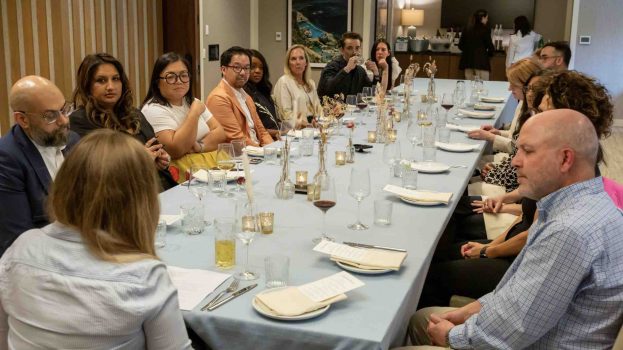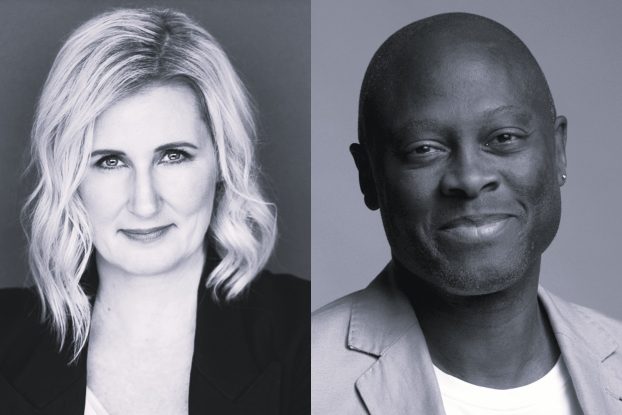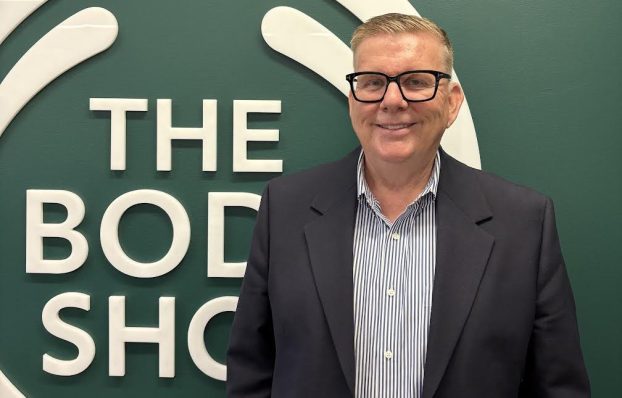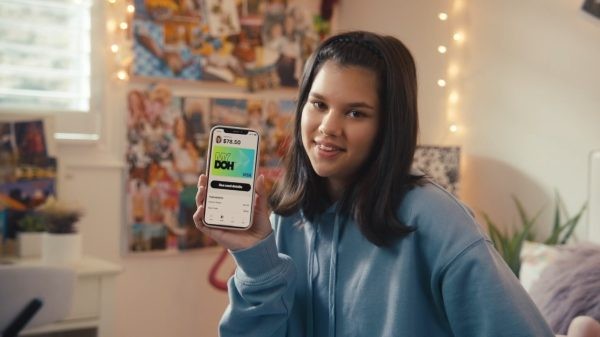When things get tough, the tough reinvent.
While the COVID-19 lockdown has effectively shut down film and commercial shoots, agencies and their production partners are finding different ways to create new work. Some of them have been relying on existing footage and photography, while others have been able to find more creative workarounds.
Working toward an April 7 deadline, Toronto-based agency LP/AD recently completed a shoot for client Sonderly and the Geneva Centre for Autism, filming three 20-second intro videos for the Centre’s educational online platform in an apartment last week. This was possible because all parties involved were roommates co-habitating in self-isolation.
“We needed to get this done and I guess it was a little serendipitous that someone knew someone who was a director and he happened to have roommates that are talent,” says LP/AD president Alex Shifrin.
Erin Rodness, LP/AD’s creative director, says the agency’s social planner Matt Hoffman knew the actor – Dewey Stewart – while director Peter Widdrington had production gear at home, where he could also handle post-production. Additional equipment and props were delivered without stepping outside the truck. Once settled in, Rodness and Hoffman used video chat to oversee the production, art direction and make decisions about wardrobe, which was utilized from the premises itself.
“We ended up filming it in their kitchen and made it look like an office,” says Rodness, adding that she recently saw other companies host photoshoots on Instagram Live and FaceTime. If the COVID-19 quarantine continues longer than anyone anticipated, these may be the kinds of things agencies have to do to adapt to a new reality.
“We’ve always been a shop that is very resourceful and we try to make things work under any circumstance,” says Rodness. “If this continues to happen, we’ll try to make these things work. I think people will have less excuses to say, ‘We can’t make this work,’ because there will be other options for people to do shoots even if the actor isn’t where you’re living. You can art direct online. So maybe you don’t actually have to fly overseas to be there on a shoot.”
Despite the sudden shutdown of non-essential businesses and self-isolation, Shifrin says clients are still reaching out to his company to mount campaigns.
“We’re lucky,” he notes. “A lot of our clients are in the telco space and this is a bit of a renaissance for them, because of the technology they would have launched, like 5G. Now everybody realizes they want fast access to the internet and everything around it. Zoom is becoming the reason that Ted Talks can happen again.”
Liane Thomas, co-owner of production company Skin & Bones, says that she’s been getting a few nibbles on new work, but is using this time to focus on planning for the future.
“We pitched a beautiful job that requires real people casting that could take up to five or six weeks, so that’s allowing me to engage a supplier that has no work,” says Thomas. “It’s allowing me to feel connected with an agency and keep my staff busy. I think there’s working coming, but everybody knows that the 40- to 50-person crew for a traditional shoot is not in the cards yet.”
Danielle Kappy, executive producer at Frank, says proactive planning is also necessary for when productions actually resume.
“There’s potential for some clients and their agencies who might not want to be on set [when lockdown measures are removed], so providing remote access for that will be crucial. That might also mean smaller crews wherever possible,” she says.
In terms of audio production, Karen Bernstein of KB Artists says the volume of requests for voice talent is down, but there are a few new opportunities. “Most of the radio spots have to do with COVID,” she says. “But the voice talent has to have a reasonably professional home studio in order to be considered. [So] everything is scaled way back.”
However, she is expecting the business dynamic to change if the current crisis continues indeterminately. “Presumably, the longer this goes on, the more imaginative people will get about advertising.”
Shrifin adds that when life eventually returns to normal, some of the adaptive strategies and practices may stick around in the future.
“I don’t think you can dismiss that what’s happening right now as something people are going to quickly forget,” says Shrifin. “Economies are going to dip and people are going to feel insecure about their finances and careers. But advertising, marketing, the production side of it, has always been adapting. Every few decades it becomes something else.”
Photo courtesy Alex Lang
























